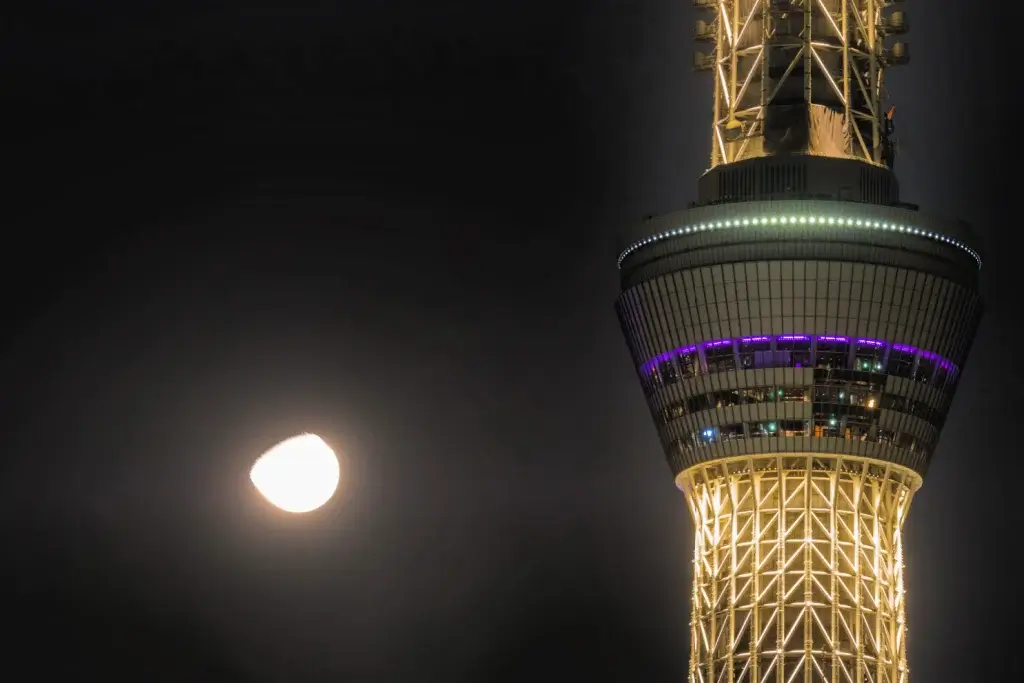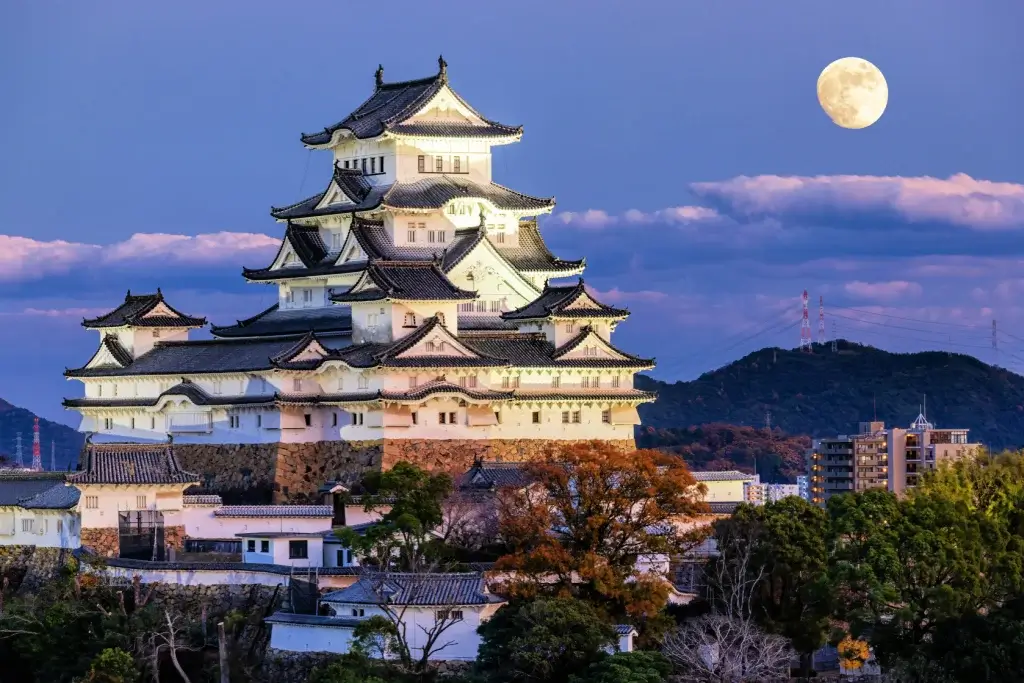The moon rabbit is a beloved figure in Japanese folklore that has captivated people’s imaginations for centuries. Its association with the moon and its symbolic meaning has made it an enduring symbol in Japanese culture, appearing in art, literature, and other media. Here’s everything you need to know about the legend.
Table of Contents
ToggleWhat is the moon viewing season?

In Japan, there are multiple times a year when people celebrate the full moon’s emergence and bask in its beauty. These times are known as tsukimi (“moon-viewing”) and, fittingly, involve events dedicated to viewing the moon. Specifically, tsukimi refers to viewing the harvest moon during the Mid-Autumn Festival. This practice dates back to the Heian period when people would gather to see the moon and share taro, edamame, chestnuts, and white rice dumplings (tsukimi dango) to gain a bountiful harvest for the season. However, moon-viewing events are also held during times of a full moon.
What is the legend of the moon rabbit?
There is a tale in Japan that long ago, the Man on the Moon came down to Earth disguised as a beggar. During his visit, he encountered a monkey, a fox, and a rabbit. He asked each of the animals for help. The monkey brought the beggar some fruit from the trees; the fox brought a fish from a stream; and the rabbit could only bring the beggar some grass.

The rabbit told the beggar to make a fire with the grass, and when he did, the rabbit leaped into the flames to offer himself to the beggar. The Man on the Moon was so moved by the rabbit’s sacrifice that he took the rabbit to the moon, where he could live peacefully. It is said that if you look at the moon at night, you can see the rabbit on the moon pounding mochi with a mortar and pestle.
Are you looking for some delicious snacks for the moon-viewing season? Check out Sakuraco! Sakuraco delivers traditional Japanese snacks, teas, and sweets from local Japanese makers directly to your door.
What are some great tsukimi activities to check out?
Today, tsukimi celebrations are fun and involve events that are held all across the country. Many people celebrate by making and eating special foods for events, still incorporating edamame, taro, and chestnuts as they did hundreds of years ago. Moon-viewing parties are also trendy and are treated as engaging social events. These events are held in local gardens, temples, shrines, and castles across Japan. Beyond snacking on food, moon-viewing events include poetry reading, dancing, and music performances. If you plan on visiting Japan during tsukimi season, these are a few of the best locations to visit.
Tokyo Tower

In Minato, Tokyo, the Tokyo Tower is one of Japan’s most famous landmarks. Standing at 1,092 feet tall, Tokyo Tower is the second tallest tower in the entire country. Because it’s such a tall tower means it is the perfect place to visit for a breathtaking full moon view. It can be daunting to climb the entire tower, but visitors can breathe easily, knowing that even the ground-level views of the tower are equally as beautiful. Tokyo Tower is also one of the most popular locations for marriage proposals during tsukimi season!
Tokyo Skytree

Located in Sumida, Tokyo, the Tokyo Skytree stands as Japan’s tallest tower and the tallest one in the world. At 2,080 feet tall, Tokyo Skytree is double the height of Tokyo Tower. This also makes it another perfect place to view the full moon. With one of the best views of the moon in the world and smooth jazz music playing during moon-viewing events, Tokyo Skytree is easily one of the best places to visit during this time of year.
Himeji Castle

Many people consider Himeji Castle in Hyogo Prefecture is the most beautiful castle in Japan. Known as the “White Heron” due to its gorgeous color scheme and unique architecture, It is a beautiful place to visit during tsukimi season. The castle hosts plenty of seasonal activities such as sake, dango, oden, taiko drumming, and various live performances. With the radiant full moon set against a magnificent castle, Himeji Castle is undoubtedly a place that must be visited.
Why should I visit Japan during tsukimi season?
Like many seasonal events in Japan, the tsukimi season originates far back. It is another prime example of how deeply Japan cares for and reveres its rich history, a celebration still loved by millions today. Even for those who do not live in Japan, viewing and appreciating the moon is a universal experience. After all, everyone on Earth has seen the moon and walked through its silvery light.

Have you been to Japan during the tsukimi season? If so, where did you go to view the moon? Did you enjoy any special treats? Were you able to watch any performances? Please let us know in the comments below! We would love to hear about your lunar adventures in Japan!











